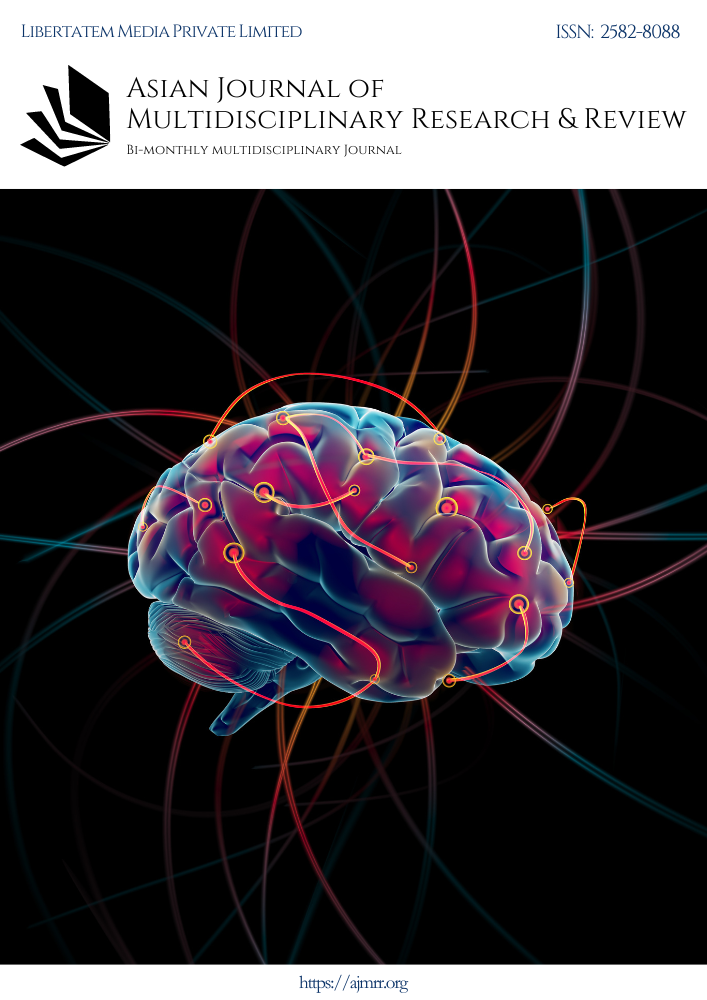Guidelines to Develop Listening and Speaking Skills in Chinese as a Foreign Language among Thai Students
Keywords:
Self-efficacy, Chinese as foreign languageAbstract
The purpose of this paper is to explore the significance of self-efficacy and Grasha and Riechmann's learning style theory enhances Thai secondary school students' Chinese listening and speaking ability. Through deeply analyzing the motivation and effectiveness of Thai secondary school students in learning Chinese, as well as the learning habits of Thai secondary school students in the process of learning Chinese, the results show that Thai secondary school students' self-efficacy of their Chinese listening and speaking abilities is in the low-medium range. General Thai secondary school students prefer the avoidance, dependence, and cooperative styles, which are essential insights for educators and policymakers in teaching Chinese as a foreign language. First, improving Thai secondary school students' listening and speaking skills should be emphasized, and students' oral expression and listening comprehension should be strengthened through targeted teaching methods and activities. Second, teaching should fully consider the characteristics of students' learning styles and provide different types of students with learning environments and resources that suit their needs. To summarize, this study provides essential references and insights for understanding Thai secondary school students' Chinese listening and speaking abilities and their learning styles, and it has specific theoretical and practical significance for improving Chinese as a foreign language teaching strategies and enhancing teaching quality.
Downloads
Downloads
Published
Issue
Section
License

This work is licensed under a Creative Commons Attribution-NonCommercial-ShareAlike 4.0 International License.
License Terms
Ownership and Licensing:
Authors of research papers submitted to the Asian Journal of Multidisciplinary Research & Review (AJMRR) retain the copyright of their work while granting the journal certain rights. Authors maintain ownership of the copyright and grant the journal a right of first publication. Simultaneously, authors agree to license their research papers under the Creative Commons Attribution-ShareAlike 4.0 International (CC BY-SA 4.0) License.
License Permissions:
Under the CC BY-SA 4.0 License, others are permitted to share and adapt the work, even for commercial purposes, as long as proper attribution is given to the authors and acknowledgment is made of the initial publication in the Asian Journal of Multidisciplinary Research & Review. This license allows for the broad dissemination and utilization of research papers.
Additional Distribution Arrangements:
Authors are free to enter into separate contractual arrangements for the non-exclusive distribution of the journal's published version of the work (e.g., posting it to institutional repositories or publishing it in books), provided they acknowledge the initial publication of the work in the Asian Journal of Multidisciplinary Research & Review.
Online Posting:
Authors are encouraged to share their work online (e.g., in institutional repositories or on personal websites) both prior to and during the submission process to the journal. This practice can lead to productive exchanges and greater citation of published work.
Responsibility and Liability:
Authors are responsible for ensuring that their research papers do not infringe upon the copyright, privacy, or other rights of any third party. The Asian Journal of Multidisciplinary Research & Review disclaims any liability or responsibility for any copyright infringement or violation of third-party rights in the research papers.



